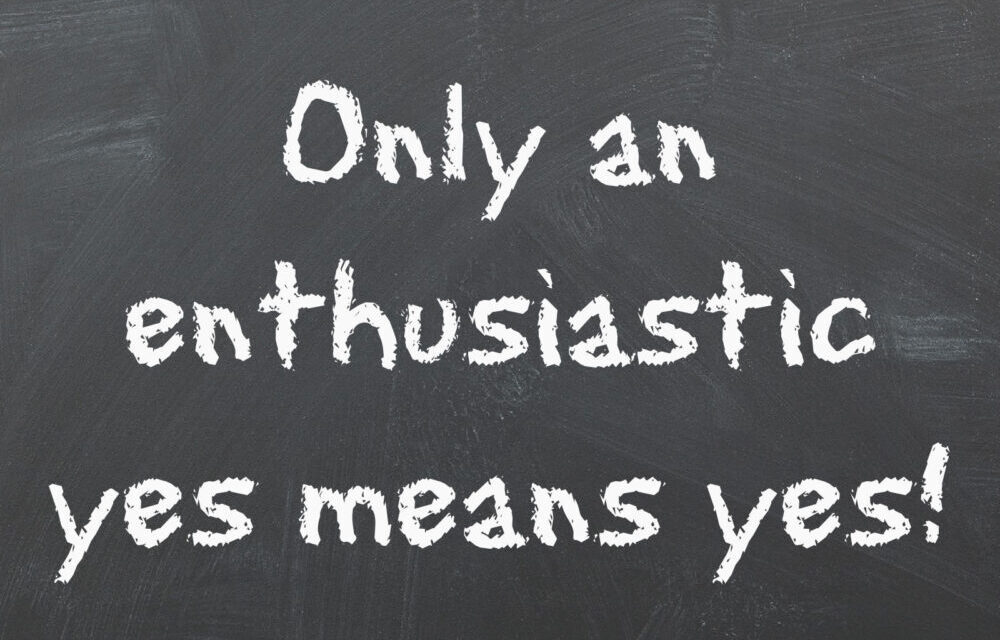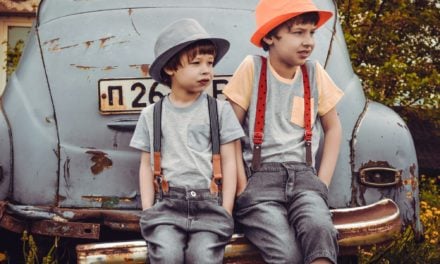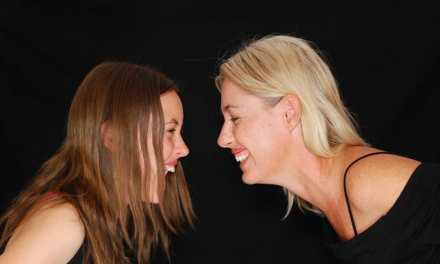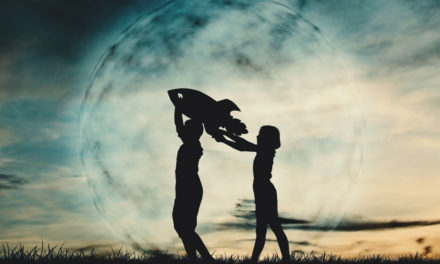Sexual consent education is absolutely vital, but how do we go about it? Here is some great advice from an expert in the area.
The vast majority of adults understand the concept of consent. For most of us, that understanding is embedded in every sinew of our being. It is born of a deep understanding of respect and empathy and the fact that decisions have consequences.
Why then do some people not understand consent? And if they do understand, why do they ignore what they know? They are the outliers. They are the people we never want our children to become. So what do parents and schools need to teach children to make sure they contribute to a culture of sexual respect?
Mr Paul Deegan is the Head of Physical Education at Wesley College in Perth. He celebrates the common-sense approach shown by the school when it comes to the discussion of sex and consent. Mr Deegan says that in partnership, schools and parents need to be consciously raising children to be well-informed, empathetic, and morally-conscious people who make good decisions.
What Do We Need to Teach?
1. Pornography is very poor reference material
The fact that pornography is a very poor source of information seems obvious to adults, but it isn’t always obvious to children. Pornography is everywhere and for a child, it appears to be an easy, private way of learning about sex. The Australian Institute of Family Studies in 2017 reported that nearly half of 9 – 16 year-olds are exposed to sexual images regularly. That means that modelling from pornography may be going on for years before a parent is even aware it is happening.
In pornography, nobody asks for consent and nobody gives consent. Nobody ever withdraws consent and there is never any discussion about what feels good and what doesn’t. In fact, often pornography models unashamedly violent sex where the whole point is to ignore consent. It is little wonder that young people, in their first sexual experiences, can find themselves in terrible situations. They can be physically and emotionally hurt and the person who caused the hurt will likely be confused and ashamed. All of this can be avoided if we communicate with kids openly from a young age. We need to acknowledge pornography and explain that it is a terrible place to go for information.
2. How to ask and answer under pressure
In teaching consent, we have to teach children to ask for a clear, informed ‘yes’ or ‘no’, but we must equally empower them to honestly answer ‘yes’ or ‘no’. That isn’t always easy for teens who have a strong need to fit in and please their peers. Mr Deegan asks his students, “How do you say ‘no’ if you have never practised? If you haven’t said it in low-stress situations, how do you say ‘no’ when the pressure is on?”
Mr Deegan contends that most temptations come from people we know. A child’s first drink, a child’s first cigarette, is likely to be offered by a friend. We are all usually better at saying no to strangers than our friends. How then, do we teach kids to say ‘no’ in high-pressure social situations? The Protective Behaviours program run in many schools, including Wesley, is ideal for this reason. Children are taught to consider their feelings and physical feedback and say no at a very young age.
Parents also need to learn to say no and stick to it. We all understand pester power. The kids ask for McDonald’s and you say no, however, they know that if they keep asking you when you are tired or when you are fed-up and feeling worn down, you might change your mind. When the same behaviour is applied to a sexual context later in life it becomes coercive consent. Don’t teach kids that if you pester long enough you can eventually get what you want.
3. To be empathetic
Empathy is an important part of relationships and sex education. Empathy is the ability to understand how another is feeling. It involves emotionally connecting with other people and considering their needs. Any kind of relationship, whether sexual or otherwise, requires empathy and clear communication.
All kids are innately empathetic to some extent, but we need to encourage them to switch it on. This is sometimes difficult for teens, and they need our help, for a few reasons:
- They often have undeveloped emotional intelligence
- They have to make themselves vulnerable
- They might have to choose empathy over fitting-in socially, and we all know that belonging is so important to them
- A lot of what they observe and experience in the virtual world and media can be the opposite of empathy. i.e. through violent video games, movies, graphic novels, sport etc.
Teaching empathy requires effort and constant reinforcement from parents and teachers, but it will pay off. In the era of Me, Me, Me, our young people need to understand that they are not the only person who counts, especially when it comes to relationships and sex.
4. Teach the facts of sexual consent
It is important to furnish kids with facts about sex and consent. I know it is difficult to have those conversations. I’ve been told often enough by teens to, “Please, stop talking about that stuff!” But it is important that we don’t stop. Children are often vague about both the facts and the moral issues at the centre of this learning. They need good information to make good decisions.
Explain clearly what consent in a sexual context means. In Wesley College’s program, they talk about free agreement and hone in on what those two words really mean. Free agreement is an essential part of both the legal and ethical aspects of consent. This resource will explain further. Wesley students also look at the relevant laws in Western Australia and the fact that these laws vary from state to state. They then move on to more nuanced discussion.
Mr Deegan recommends using examples from the media to start conversations. The recent media coverage of the Saxon Mullins case in New South Wales is a good example. Highlighted on ABC’s 4 Corners episode, I Am That Girl, it explores the many complicating factors when looking at consent.
Mr Deegan also recommends the use of clips such as this one from Blue Seat Studios. It appeals because of its use of analogy and humour. However, it is a starting point only. The mistreatment of another human being can’t be reduced to a funny analogy.
Let kids talk rather than just telling them what to do. You might be surprised by what they think, but you won’t know until you ask. You might hear things you don’t like, but try not to overreact. The way you respond will determine whether or not they will talk to you in the future.
Finally…
I agree wholeheartedly with Mr Deegan when he says, “It’s not easy being a parent. All you can do is be as informed and as communicative as possible. Different kids and families have different needs. Don’t feel you have to teach anything that is against your values. Comfortable kids come from families with clear values.”
Ultimately, children learn most from what they see, not what they hear. We need to role model respect and care in our marriages, our friendships…in all relationships. The very best role modelling is the way you treat your child. In that relationship, you create a standard of respect that they should have for themselves and for others.
Visit Linda’s Facebook page here







